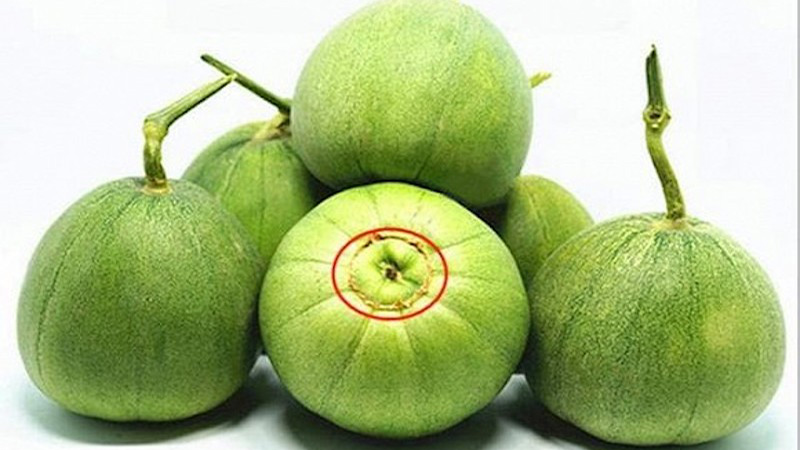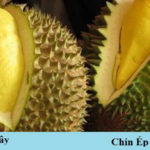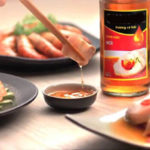How to Pick Cantaloupe
By the color of the rind
Cantaloupes are generally available in two popular varieties: white-rind cantaloupes and green-rind cantaloupes. When buying a cantaloupe, avoid picking fruits with a fully green or fully white rind as these are underripe and will not have good sweetness or flavor.
Additionally, avoid selecting cantaloupes with shiny rinds as these have most likely been treated with chemicals.
To pick a good cantaloupe, look for ones with a yellow-orange rind and a seam down the middle that is mostly green. These tend to have the highest sugar content and are at their peak ripeness. They are usually sweeter and have a thick flesh.
Examine the flower end (blossom end) and stem

When buying a cantaloupe, make sure to carefully observe the blossom end and stem.
If the blossom end (the circular area at the bottom of the fruit) is round, full, and large, the cantaloupe will be sweet and delicious. On the other hand, if the blossom end is small, it indicates that the cantaloupe is not ripe and should be avoided.
As for the stem, a cantaloupe that is still fresh and recently picked will have a green, fresh stem. When you hold it up and shake it gently, the cantaloupe should not fall off. If the stem is black, bruised, or falls off easily, it indicates an old cantaloupe and should not be purchased.
By the aroma
Cantaloupes that have ripened naturally will have a mild, pleasant aroma that is not pungent. Cantaloupes that have been treated with chemicals will have a strong, unpleasant smell, and eating these can not only be unappetizing but also harmful to your health.
Also, like other fruits, cantaloupes are at their best when they are purchased during their peak season. Usually, cantaloupe season lasts from mid-April to September.
– You can also smell the blossom end of a cantaloupe to see if it is fragrant before purchasing it. A cantaloupe that has a fragrant aroma is likely to be sweeter and more flavorful. A cantaloupe with no aroma will be bland and not as crisp.
– When tasting a cantaloupe, opt for one with a naturally sweet flavor and crisp flesh. Avoid cantaloupes that have an overly sweet taste and non-crisp flesh.
Things to keep in mind when selecting a cantaloupe
To ensure you’re picking the best cantaloupes for your family, keep the following points in mind:
– Avoid purchasing cantaloupes with cracked or bruised rinds, as their flavor will have diminished and they may not be safe to eat.
– Choose cantaloupes from trusted sources, such as reputable stores, markets, or supermarkets, to ensure the quality and safety of your purchase.
– Avoid buying cantaloupes with unknown origins to protect your health and the well-being of your family.
Tips for eating cantaloupe
When eating cantaloupe, wash the fruit thoroughly with clean water, peel it, and refrigerate before consuming. Only eat fruits that are whole and intact; avoid fruits with cracks, breaks, or soft spots, as they can cause food poisoning.
Do not discard the seeds, as the omega-3 fatty acids they contain play a vital role in preventing cardiovascular problems.
Store cantaloupes in a cool, dry place.
Understanding the Signs and Textures of Ripe Durians
 Ripe Durians’>
Ripe Durians’>Are you having trouble deciding when the perfect time is to enjoy durian? Don’t fret – there are indicators that can help you determine when the durian is at the peak of its ripeness. These tips will ensure a deliciously fragrant experience and will help you to avoid overripe durian.


































